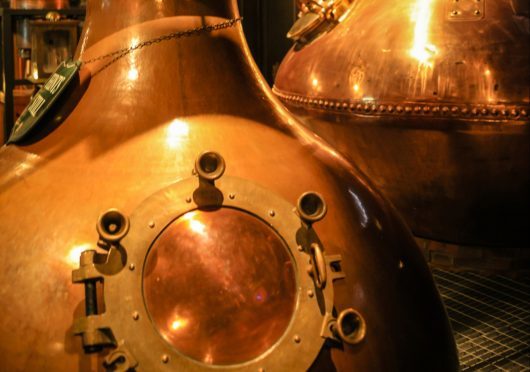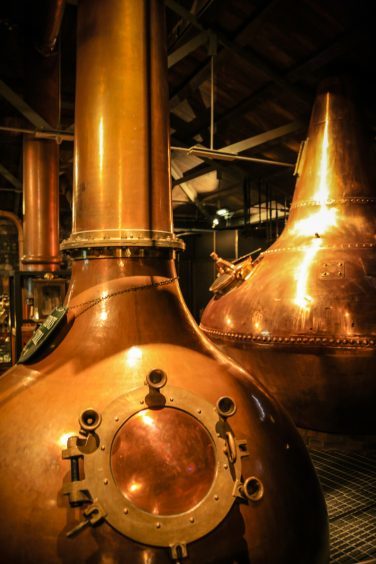The burnished copper stills seen in every malt distillery have become both a symbol of the whisky industry and, to a lesser extent, a sort of Scottish icon. And, as the industry continues to win new converts to the cratur across the world, the demand for stills keeps increasing. Which in turn is good news for the firms that make the stills and related distillery equipment.
Here the top name, not just in Scotland but globally, is the Forsyth Group of Rothes-on-Spey. Their name can be found on the domed brass lids of innumerable stills in Scotland and further afield. Number Two is Abercrombie of Alloa, which is the “in house” stills and equipment maker for Diageo. Then there’s a smaller firm, MacmIllans of Prestonpans, who also supply plant and equipment to the industry.
Although their copper stills are the most striking and photogenic of distillery equipment, these manufacturers also produce mashtuns, stainless steel washbacks, various holding tanks and vats, the big copper condensers or the spiral cooling pipes for distilleries that still use worm tubs. Lastly, they produce the polished brass-and-glass “spirit safes” that allow stillmen to check the low wines and spirits output.
A generations-old family firm, Forsyth’s faced tough times in the 1980s and 1990s as the whisky industry contracted but moved into specialist manufacturing for North Sea oil. Currently, with North Sea oil in the doldrums, Forsyth’s main efforts have shifted back to distilling equipment. After the adjacent Caperdonich distillery at Rothes was closed in 2002, Forsyth’s demolished much of it and expanded into the site. Today the distilling division and its workforce, predominantly coppersmiths, have a healthy order book.
As “in-house” suppliers to Diageo, Abercrombie has a pretty guaranteed market. The firm has also pioneered the “segmentation” technique of still construction. This means the copper base, shoulder, neck and lyne arm of the stills are built as separate units with large brass flanges bolting the separate sections together.
The end result is aesthetically less pleasing but it means if one section of the still wears out, it can be quickly removed and replaced, obviating the long and costly process of replacing the entire still. Certainly, flanged stills predominate in Diageo distilleries, but so far the idea hasn’t really caught on elsewhere. Time will tell…












